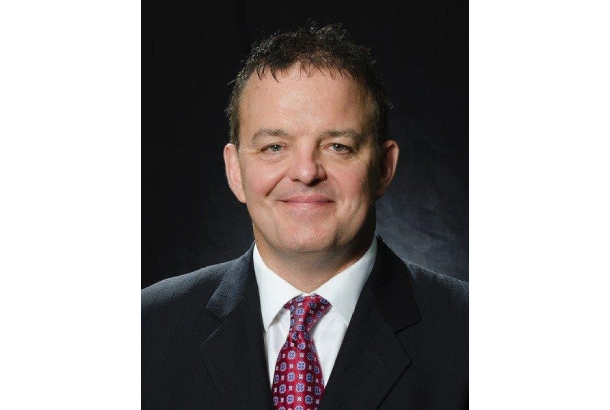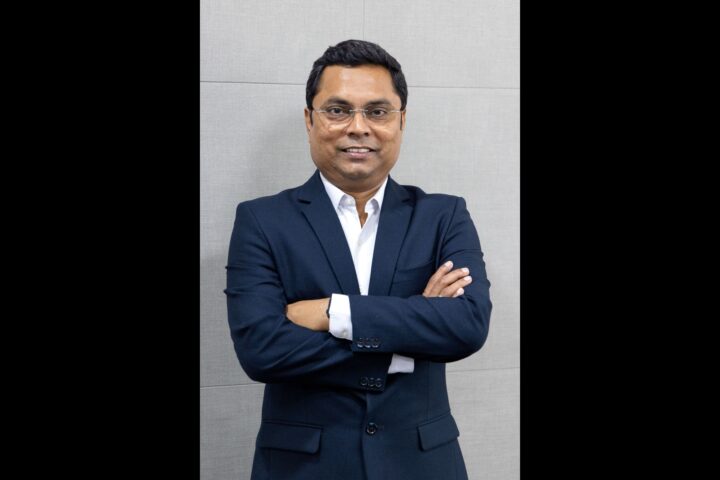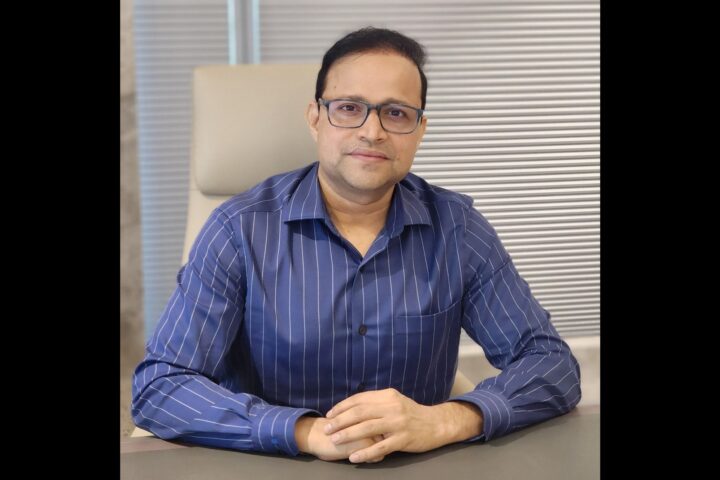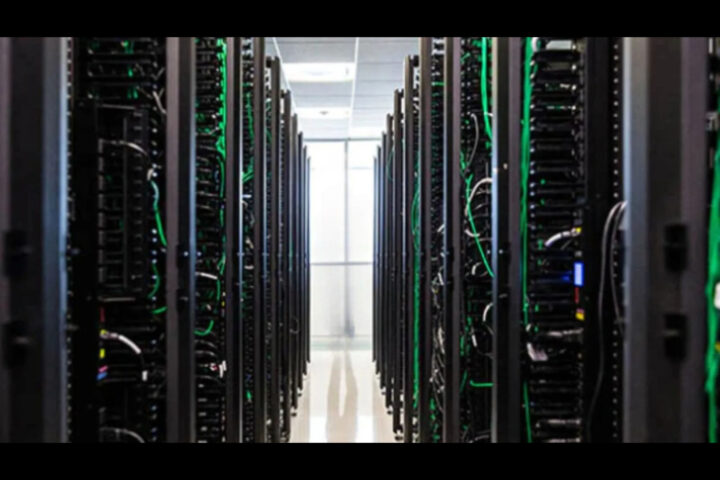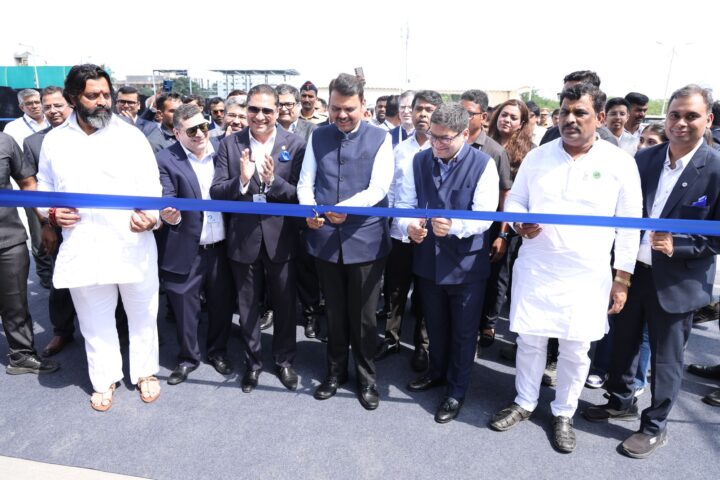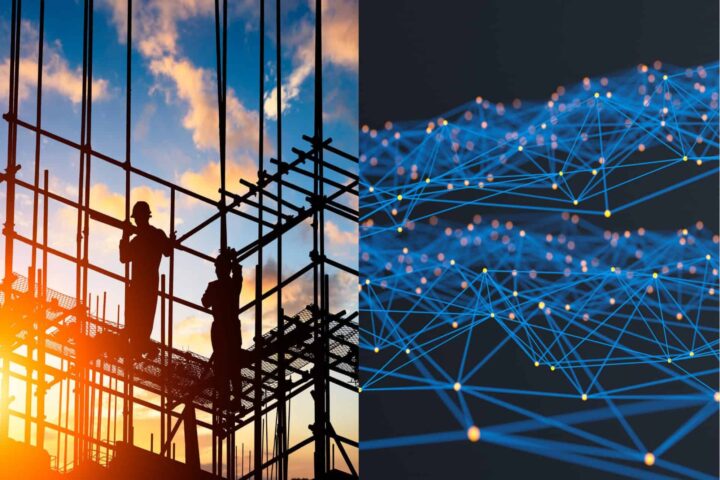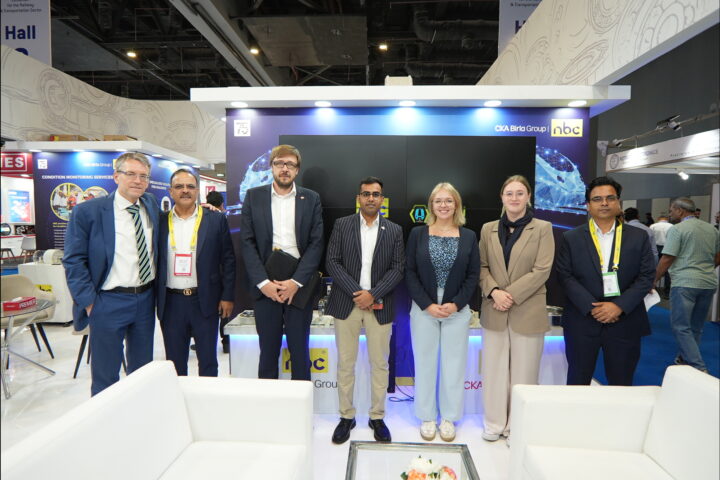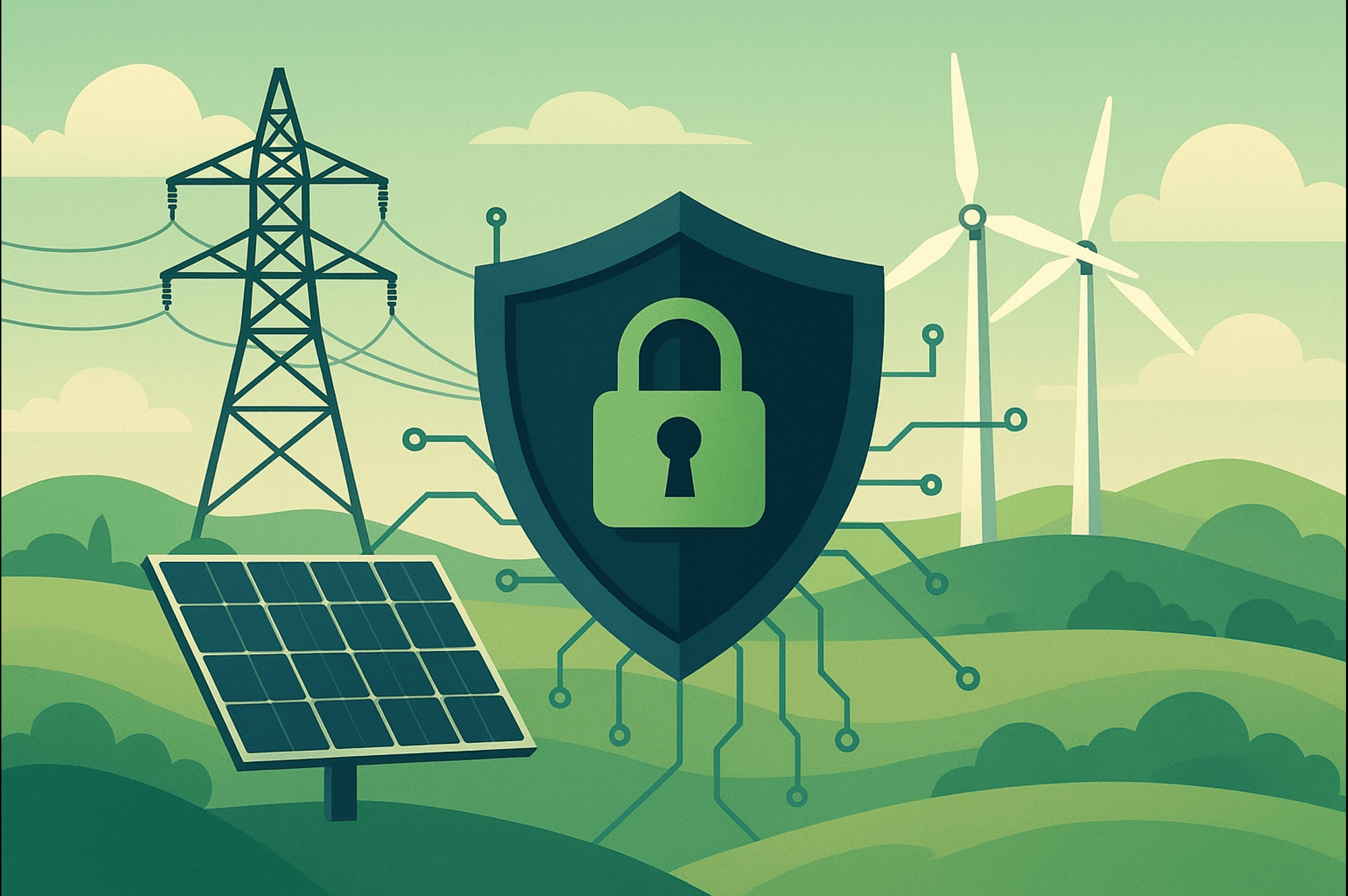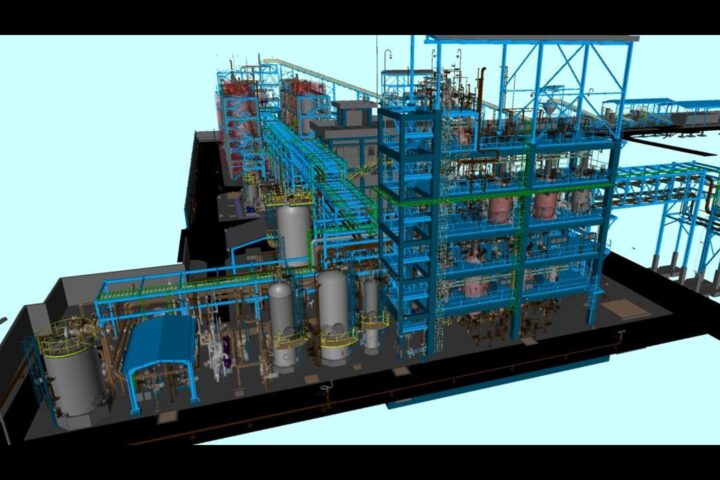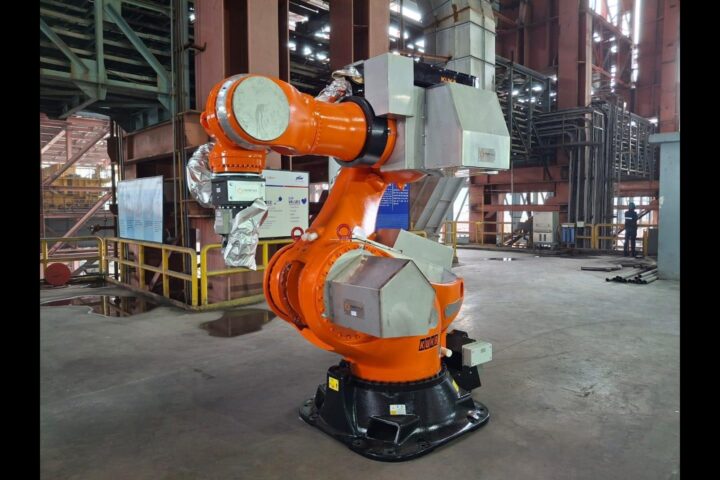How has the global mining landscape evolved in the last 2 years?
There are a plethora of factors that have shaped the mining landscape over the last two years. Today, globally, the mining industry is facing several challenges; increasing OPEX/CAPEX, access to well-trained workforce, and access to high-quality ores to name a few. At the same time, there is a growing consciousness, more than ever before, on the importance of our planet and its resources. Environmental, Social and Governance (ESG) expectations have added increased pressure on the mining industry, with growing influence of investors, government, and social stakeholders on development of mining projects. Globally, the mining industry must now focus on net zero carbon, waste management, land use and re-establishment of natural spaces. This is exactly where we see technology supporting mining needs for carbon capture and water reuse and storage.
Also, securing and strengthening the local supply chain network, especially for critical materials has become a much more prominent focus for mining companies, especially with increased demand for new metals such as copper, lithium, cobalt, REEs, etc, to build a greener economy.
With this focus on greener economy, some other goals that get dovetailed are cost competitiveness of renewables, allowing easier transition to non-carbon electric power and infrastructure development at a competitive cost. With these challenges, the evolution of digital technology and the virtual twin experiences to help achieve and deliver these desired outcomes, is business-critical.
How do you view the mining sector in India?
In India, mining is one of the core sectors and growth drivers of the economy. It is essential to the development of infrastructure as minerals and ores are source raw materials for many key industries like thermal power generation, iron and steel, petroleum, petrochemical, fertilizers, and construction to name a few. Overall an important industry, mining contributes to 2.5% of India’s GDP, however, the total industrial sector; which includes energy, metal, and minerals, amounts to 11%.
Interestingly, only 20% of the total reserves in India have been mined thus far, leaving a huge scope for the mining industry to grow and flourish. The importance of mining to India was reaffirmed when the Government of India announced reforms to enhance mining’s contribution to employment and the GDP.
What are the challenges facing mining sector in India?
India is characterized by some of the world’s best industrial mineral (as in coal and base metals) deposits, which are essential fuel to support the domestic and global economic growth in the decades to come. This presents India with a unique opportunity to demonstrate global prowess, by balancing it with sustainability goals of ‘net zero’ in the coming years. Hence, one of the biggest challenges for India is to extract resources faster than ever with a minimal impact on the ecosystem. This requires tackling the mining value-chain as a lifecycle, from exploration to closure, in order to optimize every step of the way, anticipate bottlenecks and unlock sustainable value.
At the same time, the workforce has to be empowered to leverage new frontier technologies such as virtual twin technology and 3D Simulations that can transform the mining industry as desired. For this, avenues need to be created, especially through specialized trainings and centers, to bring hands-on medium for upskilling.
What are the initiatives you have taken for the growth of mining sector in India?
Dassault Systemes has had a long-standing relationship with the mining value chain in India, across commodities, including public and private sectors. We have helped Indian mining organizations embrace technology early-on in order to establish a deep understanding of their operations and optimize resource extractions.
As mining industries navigate their way through supply chain uncertainties and capital risks, our 3DEXPERIENCE Platform is enabling complete pit-to-port optimization – from plant design, portfolio optimization, geological modelling, workforce and production scheduling, and more.
We are also reinforcing our partnerships with academic institutions to elevate them as specialized ‘Centers of Excellence’ that foster knowledge and know-how transfer. One such collaboration is with IIT (ISM) Dhanbad and TexMin, where we recently signed an MoU to establish Mining Technology Excellence Centre in India for Sustainable Mining. The Center will provide radical technology support to students, specific to the mining and allied industries. As a technology and solution partner, we will provide experiential learning through our 3DEXPERIENCE platform, and unlock the capabilities of complete digital transformation for sustainable mining and metals.
Bradley Hay, Vice President, GEOVIA Sales & Services, Dassault Systèmes


